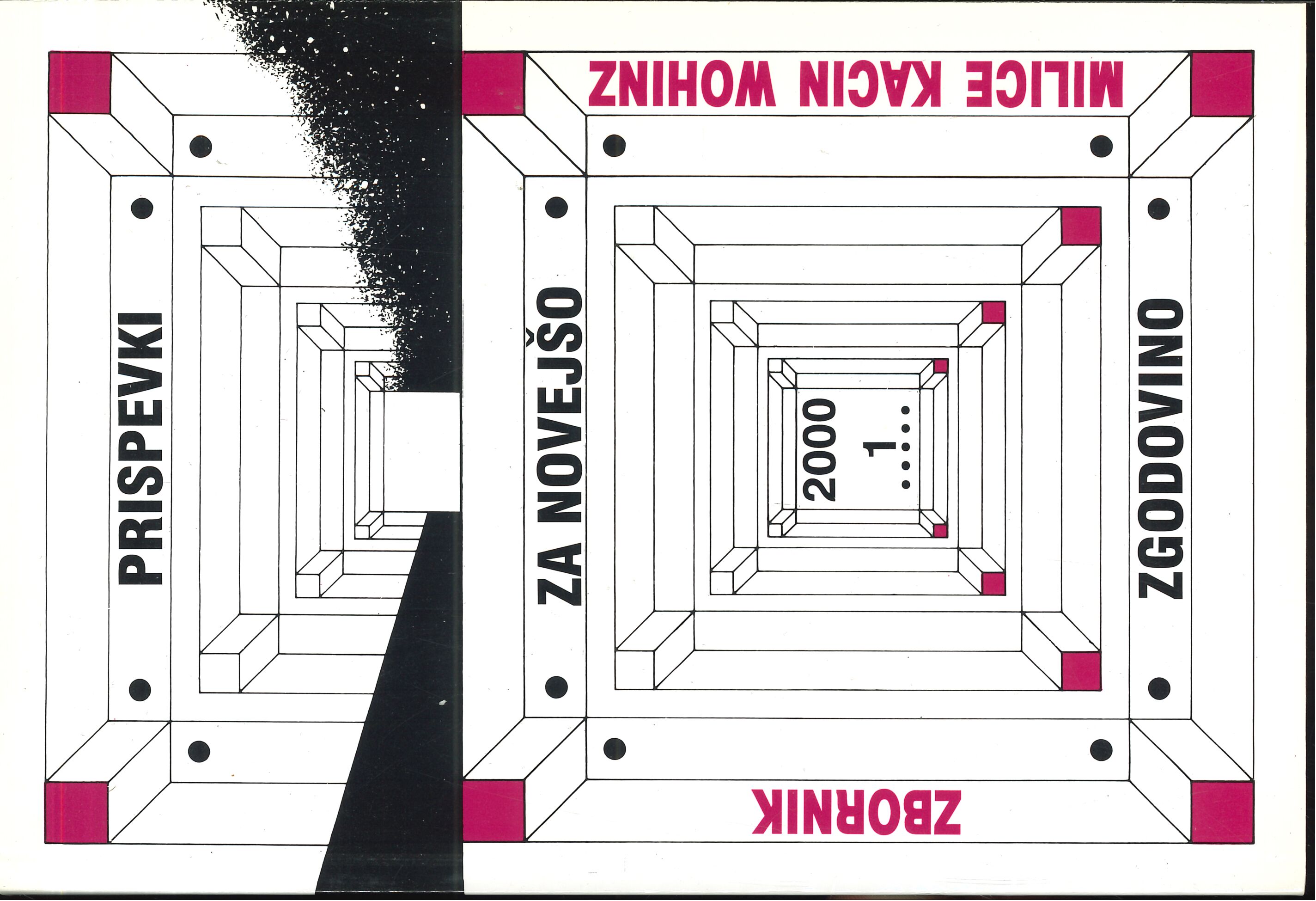Slovenia between Germany and Italy (1848-1968)
Keywords:
Slovenia, Germany, Italy, international relations, foreign policyAbstract
The article presents a concise overview of the state and trans-state positions experienced in the past by the Slovenes after they had started to comprehend themselves as a whole, and by Slovenia as a state. The article was presented at a meeting at the "Villa Vigoni" study centre in Loveno di Menaggio, Italy, in June 1996, as one of the contributions in the discussion on the relations between the Slovenes, the Germans and the Italians. The article goes back to the revolutionary year of 1848, when the Slovene national and political programme for an autonomous Slovenia, based on the ethnic (linguistic) principle, was formed, and continues with the division of its territory between different countries in the years 1866, 1920 and 1941. The author also defines the position of the Republic of Slovenia within the Yugoslav socialist federal state, and deals with the formation of its borders with Italy and the confirmation of its borders with Austria in 1947 and 1955. Slovenia played a particularly important role within Yugoslavia in establishing relations with Italy and Austria. Within the framework of Yugoslav politics, Slovenia was, already at an early date, an advocate of opening the country's borders in order to facilitate traffic between it and its neighbouring countries in the form of people crossing the borders and the exchange of goods. Very soon, Slovenia was also able to conclude contracts on important international regional forms of cooperation with neighbours, as well as with the Federal Republic of Germany. The fact that the borders of Slovenia were open so early in the after-war period was an international determinant of utmost importance - also for the free flow of culture and ideas. Thus, the more liberal conditions on the borders of Slovenia (for more than a quarter of a century there was no wall on its borders, and conditions were not even comparable to those along, for example, the Berlin Wall), also enabled an inner democratisation to take place. The long-standing and lively contacts of the country and its inhabitants with its neighbours in the area between Italy and Germany were of paramount importance for its development.
Downloads
Published
Issue
Section
License
Authors who publish with this journal agree to the following terms:
- Authors retain copyright and grant the journal right of first publication with the work simultaneously licensed under a Creative Commons Attribution License that allows others to share the work with an acknowledgement of the work's authorship and initial publication in this journal.
- Authors are able to enter into separate, additional contractual arrangements for the non-exclusive distribution of the journal's published version of the work (e.g., post it to an institutional repository or publish it in a book), with an acknowledgement of its initial publication in this journal.
- Authors are permitted and encouraged to post their work online (e.g., in institutional repositories or on their website) prior to and during the submission process, as it can lead to productive exchanges, as well as earlier and greater citation of published work (See The Effect of Open Access).


